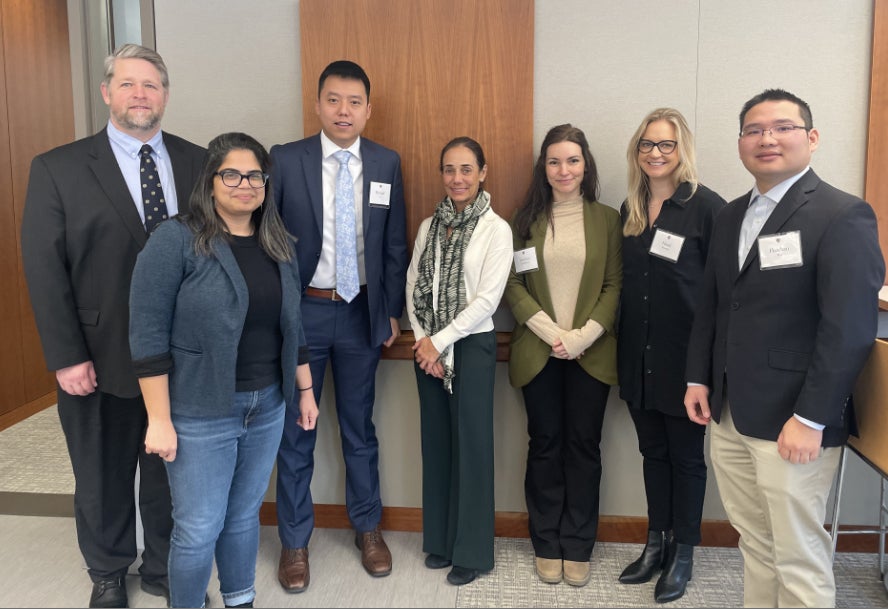A physicist who focuses on experimental condensed matter, assistant professor of physics and applied physics Julia Mundy AB ’06, AM ’06 is designing unique quantum materials at the atomic scale. Thanks to funding from Harvard’s Aramont Fellowship Fund for Emerging Science Research, Mundy and her team were able to discover a new superconductor material—a novel discovery in a burgeoning scientific discipline that could one day become the foundation for applications ranging from energy storage to faultless quantum computing. Now a rising star in the field of quantum science and a mentor to future generations of women scientists, she credits the Aramont Fellowship for changing the course of her career.
“The Aramont Fund award was the first grant I received as a faculty member at Harvard, and it seeded my most important research efforts to date,” Mundy says.
Established by a gift from the Aramont Charitable Foundation in 2017, the Aramont Fund provides vital funding for high-risk, high-reward research by early-career faculty, postdoctoral scholars, and graduate students across the Faculty of Arts and Sciences, Harvard Medical School, the Harvard T.H. Chan School of Public Health, and the Harvard John A. Paulson School of Engineering and Applied Sciences. In its first five years, the Aramont Fund has enabled 21 scholars across the University to pursue compelling research that may have otherwise gone unfunded and unexplored.
Antonieta Monaldi Arango AB ’90, president of the Aramont Charitable Foundation, and her late husband, Javier F. Arango AB ’85, MBA ’89, have supported many projects and initiatives across Harvard, with a dedication to expanding access to education, funding research at the vanguard of innovation, and championing science at every stage of scholarship at the University.
Along with boosting the careers of up-and-coming scientists, the Aramont Fellowship Fund is key to paving the way for discoveries that occur when researchers are free to pursue unconventional paths throughout the fields of life sciences, technology, physical sciences, and medicine. Nominated by the deans of their Schools, these exceptional researchers are able to undertake innovative projects rarely funded through traditional sources. Many fellows go on to receive illustrious awards and grants from organizations such as the National Institutes of Health and publish in influential journals such as Nature.
“In meeting each year's new cohort, we at the foundation are excited to learn about their cutting-edge research at the forefront of science,” says Arango. “It is exceedingly rewarding to understand the impact the fund has had on the fellows’ interdisciplinary work, translational research, academic publications, career advancement, expanded sources of funding, and increased lab sizes.”


